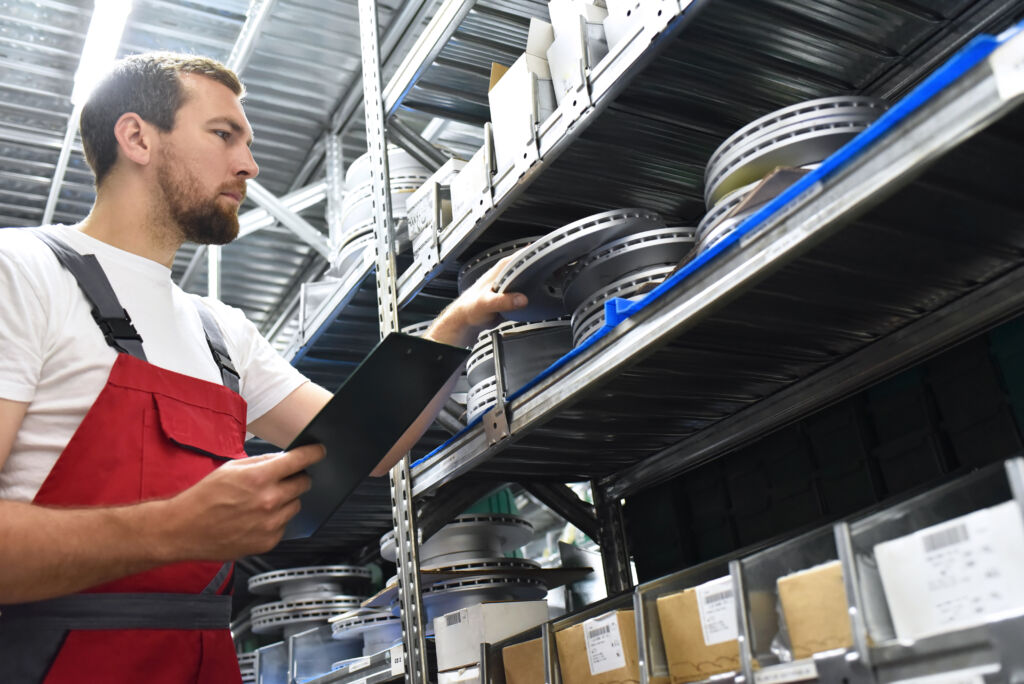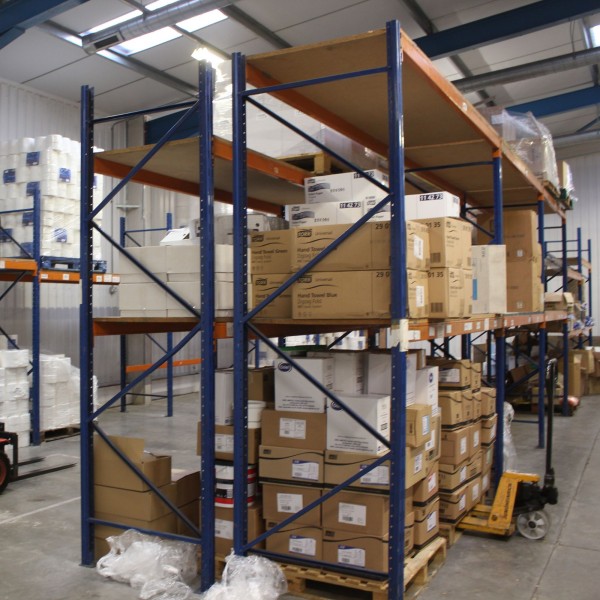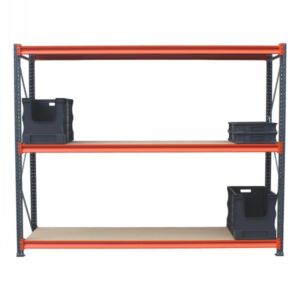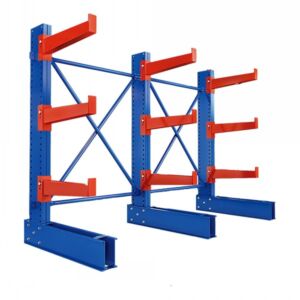Auto Parts Storage Racks: Expert Guide for Warehouse Managers 2025
Auto parts distributors and recyclers face one of the toughest warehouse challenges in the entire supply chain. From tiny, high-turnover nuts and bolts to fragile windscreens and awkwardly shaped bumpers, you’re storing a wildly diverse product range, all with different storage requirements.
If you get the storage wrong, you lose time, money, and even customer trust. But get it right, and you can increase your storage density by up to 60%, slash retrieval times, reduce errors, and dramatically improve your warehouse safety.
Understanding Modern Auto Parts Storage
- Heavy and oversized items (body panels, gearboxes, brake assemblies)
- Fragile or damage-prone items (windscreens, electronics, sensors)
- Thousands of small but vital items (fasteners, clips, gaskets)
Not only are these parts diverse in size and shape, they also have very different turnover rates. One shelf might see dozens of daily picks, while another holds parts that move just a few times a year. All of that requires a smart, flexible storage strategy that adapts to changing market demand.
The Impact of Poor Storage
- Replacing a damaged part can cost up to 17x the original shipping price
- Unavailable parts lead to missed orders and lost customers
- Order processing delays cause downstream bottlenecks
- Workplace accidents from poorly stored items can lead to costly downtime and claims

The Best Auto Parts Storage Racking Systems
Selective Pallet Racking
Selective pallet racking is the backbone of an auto parts warehouse. These racks allow you to pick any pallet at any time, which is crucial for high-SKU environments with unpredictable demand.
- Engines
- Transmissions
- Palletised brake disc packs
- Heavier boxed parts
At 3JC, options like Used Link 51 Pallet Racking or Used Hilo Pallet Racking give you the flexibility to build a system that can be reconfigured over time, a smart move as product ranges shift with each new car generation.

Longspan Shelving
- Service kits
- Cases of spark plugs
- Electronic control units
- Small mechanical assemblies

Cantilever Racking
Mobile Racking Systems
- High floor space costs
- Controlled climates (e.g. temperature-managed parts storage)
- Large volumes of slow-to-medium-moving parts
Vertical Carousels and Mezzanine Solutions
- Small, high-value electronics
- Slow-moving parts
- Archive stock for warranty or recall requirements
Advanced Features to Consider in 2025
Storage technology is evolving fast. As you plan upgrades, watch for:
> High-strength steel construction to cope with heavy automotive loads
> Height-adjustable shelf designs for flexible SKU mixes
> Safety compliance: load notices, safety pins, anti-collapse mesh
> Technology integration: QR-coded beam labels, warehouse management system compatibility, and AMR (autonomous mobile robot) support
> Collapsible or modular frames to minimise shipping costs on future rack expansions
Warehouse Layout Optimisation
- Zone by speed: store fast movers near picking areas and slower parts further out
- Use vertical space: mezzanines or taller racking
- Group co-ordered products to cut picking routes
- Implement colour-coded labels and barcoding to reduce errors
- Plan inspection routines with daily quick checks and semi-annual audits
Final Thoughts
Choosing the right racking is the difference between a warehouse that bleeds money and one that thrives.
At 3JC, we supply everything from selective pallet racking to robust cantilever systems and modular longspan shelving, including accessories like euro containers and picking bins to complete your setup. Whether you’re handling high-value engine assemblies or an endless supply of tiny clips, we can help you build a warehouse layout that works today and evolves with tomorrow’s parts.



